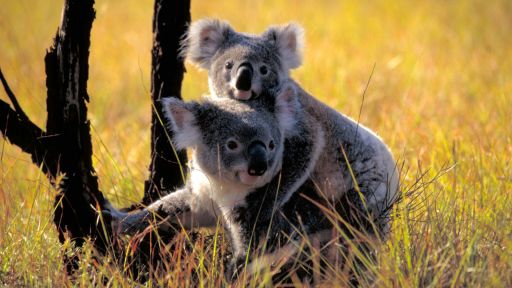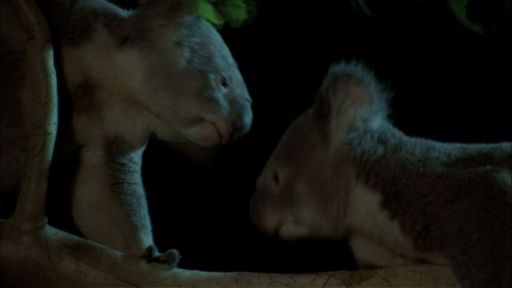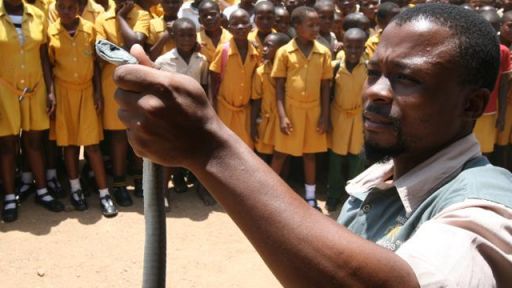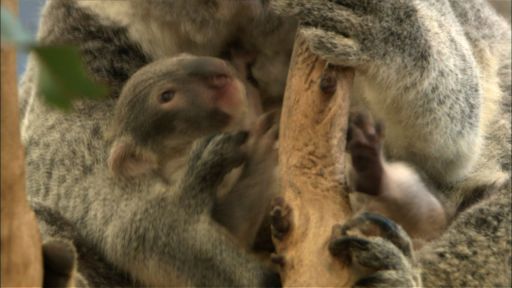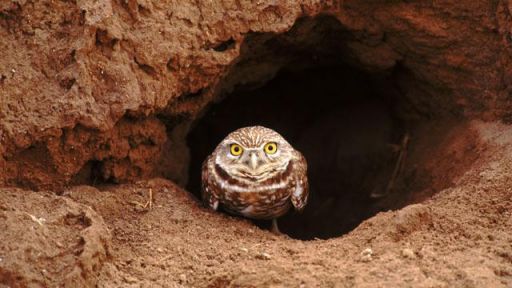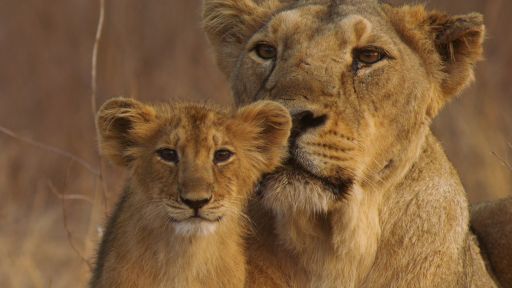Loud bellows ring out from a small pocket of forest surrounded by dense suburbs and busy roads in Brisbane, Australia. It’s mating season for koalas. Their thunderous roars are difficult to reconcile with the familiar perception of them as cuddly creatures. But these complex choruses of bellows and grunts have become invaluable for those striving to learn more about the species.
Cracking the Koala Code explores the day-to-day dramas of an extended family of koalas, seen through the eyes of the scientists studying their every move and vocalization. Biologists Dr. Bill Ellis and Sean Fitzgibbon are engaged in ground-breaking science sponsored by the San Diego Zoo. Using 3G solar-powered mobile phones to record koala vocalizations, and applying their recordings in the field to evoke koala responses, they have managed to decipher some of the koalas’ communications. These “cracks” in the koala communication code have provided new insights into the basic language and social structure of these marsupials who are dealing with social pressure, conflict, disease, and the external stresses of living in an increasingly urbanized world.
Update: January 10, 2020
In response to the devastating wildfires ravaging Australia, we checked in with the filmmakers of “Cracking the Koala Code.” Here’s what they said:
“I contacted our “Cracking the code” Koala scientists today, and there is some good news around our koalas in the doc. Because the koalas are living in such a built up area with permanent water (pools and water features) and the fire services are focused on protecting infrastructure and human life, the koalas have been protected by default. This is a new “Anthropocene ” phenomena, we have made their natural habitat so hostile they are better off in our altered one.”
-Bettina Dalton, Producer and Narrator, in an email to NATURE.


